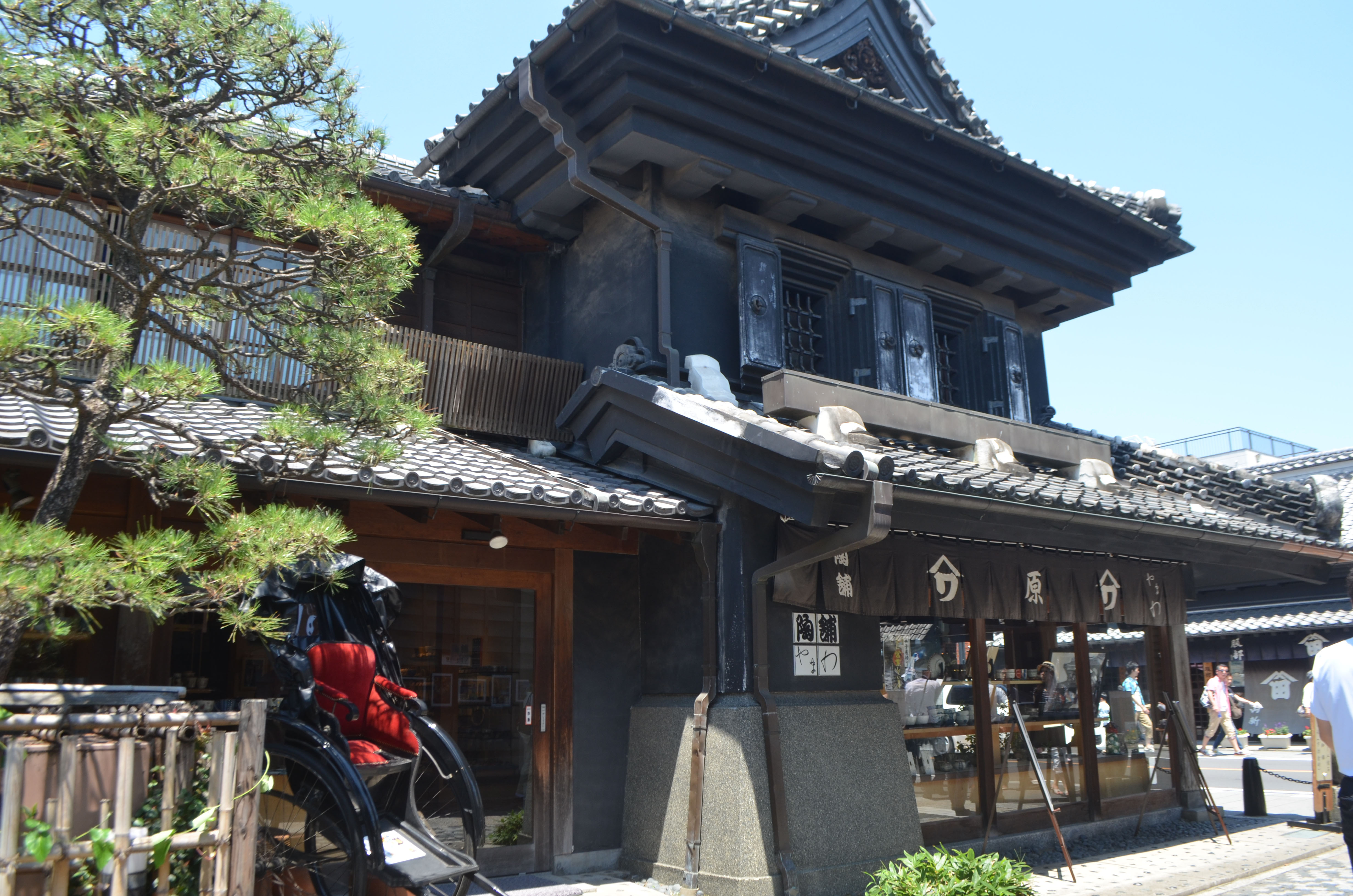As my smartphone clock flashes from 11:59 a.m. to 12 p.m., I watch the visitors to Kawagoe, in Saitama Prefecture wipe the sweat from their foreheads and direct their attention toward a more primitive form of time keeping — the Toki no Kane (Bell of Time) tower in the middle of the town square.
At the top of the three-story wooden tower, a hammer, propelled by a mechanical pulley, slowly begins its ascent. Onlookers let out oohs and aahs as it swings and the deep tones of the bell reverberate around the streets. Standing in one of those avenues lined with traditional Japanese kura warehouse buildings, for a moment it feels like time has slowed to a halt as the echo of each chime whisks the imagination further back into the town's long history.
Less than an hour outside of the Tokyo metropolitan area, Kawagoe is a pocket of well-preserved traditional culture. Also known as 'Koedo,' or 'Little Edo,' its history has been protected through the years with the maintenance of its Edo Period (1603-1868) buildings, including town houses, storehouses and several national Important Cultural Properties. Even the chime of the Toki no Kane clock tower has been designated by the Environment Ministry as one of the symbolic 100 Soundscapes of Japan.



















With your current subscription plan you can comment on stories. However, before writing your first comment, please create a display name in the Profile section of your subscriber account page.